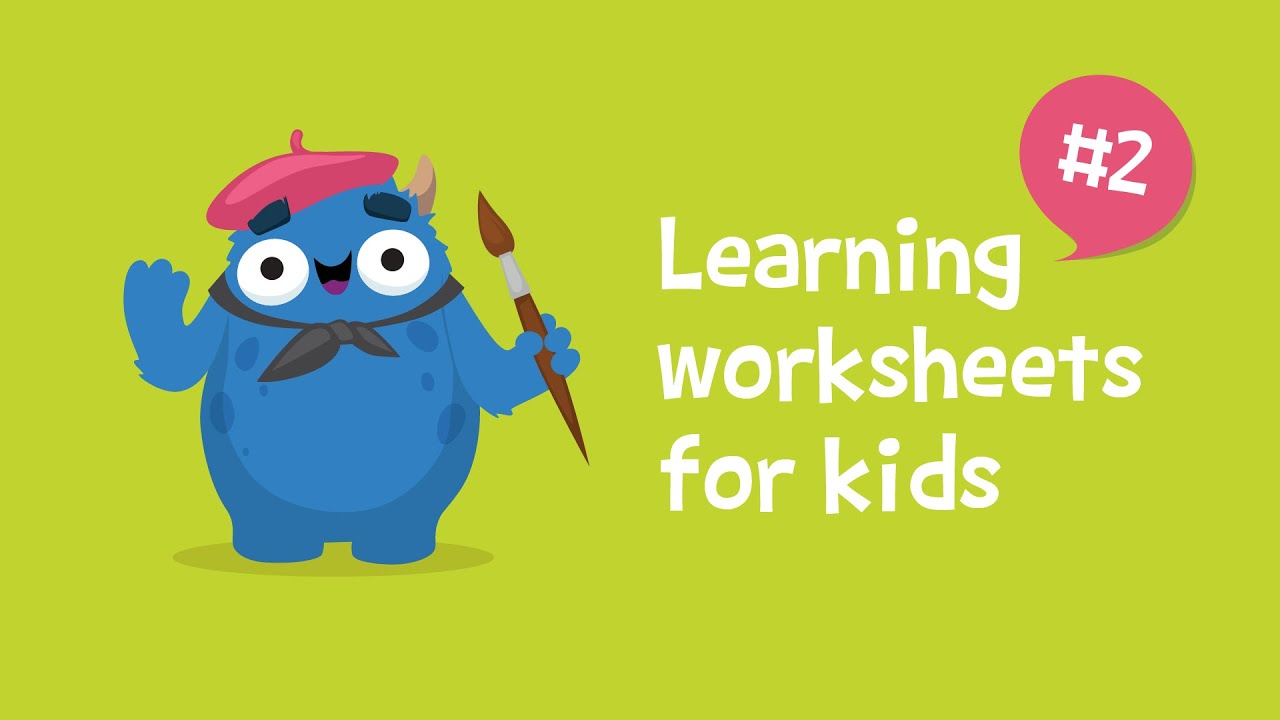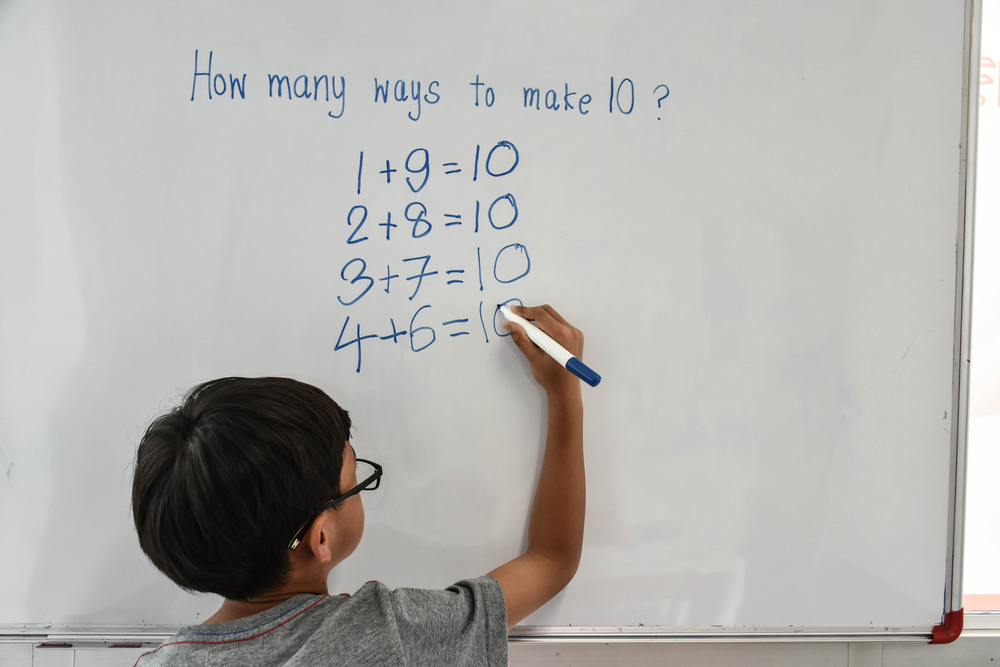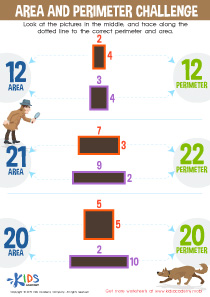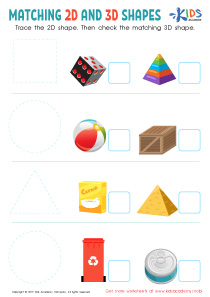Comparing Fractions Fractions of Shapes Worksheets for Ages 4-7
3 filtered results
-
From - To
Discover our engaging "Comparing Fractions of Shapes Worksheets" designed for children aged 4-7! These interactive resources help young learners grasp the concept of fractions by visually comparing shapes divided into different parts. With colorful illustrations and child-friendly language, these worksheets support early math skills while making learning fun. Students will explore fractions by identifying equal parts and comparing them to understand larger and smaller values. Perfect for classroom activities or at-home practice, our worksheets foster a foundation in mathematical concepts and critical thinking. Enhance your child's learning experience and help them build confidence with fractions today!
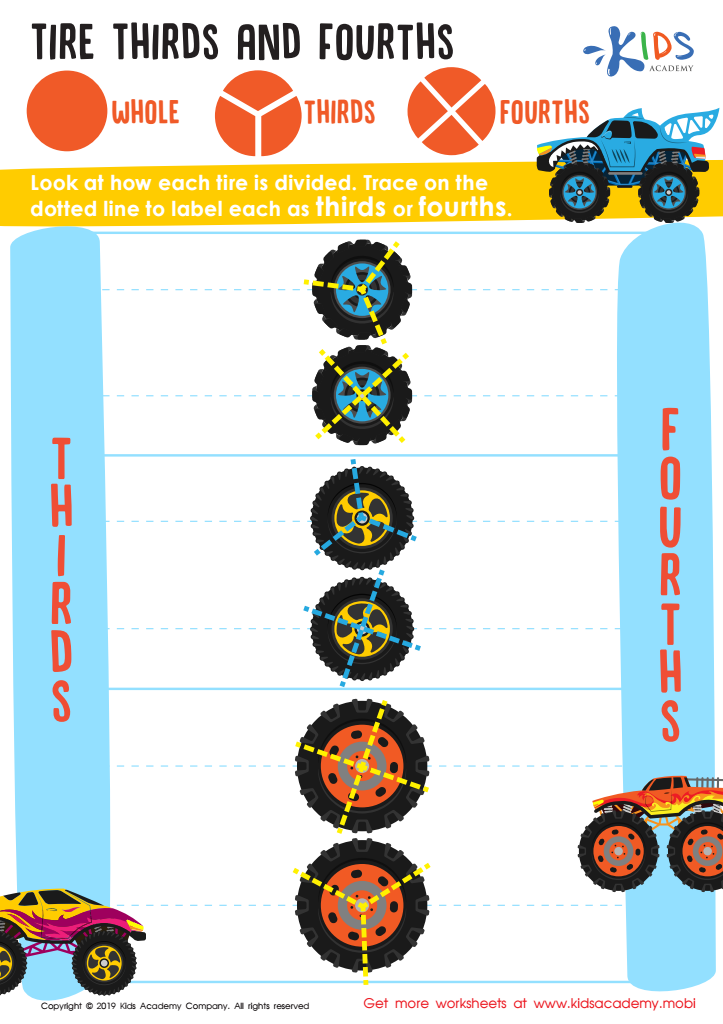

Tire Thirds and Fourths Worksheet


Fractions: Shapes Worksheet
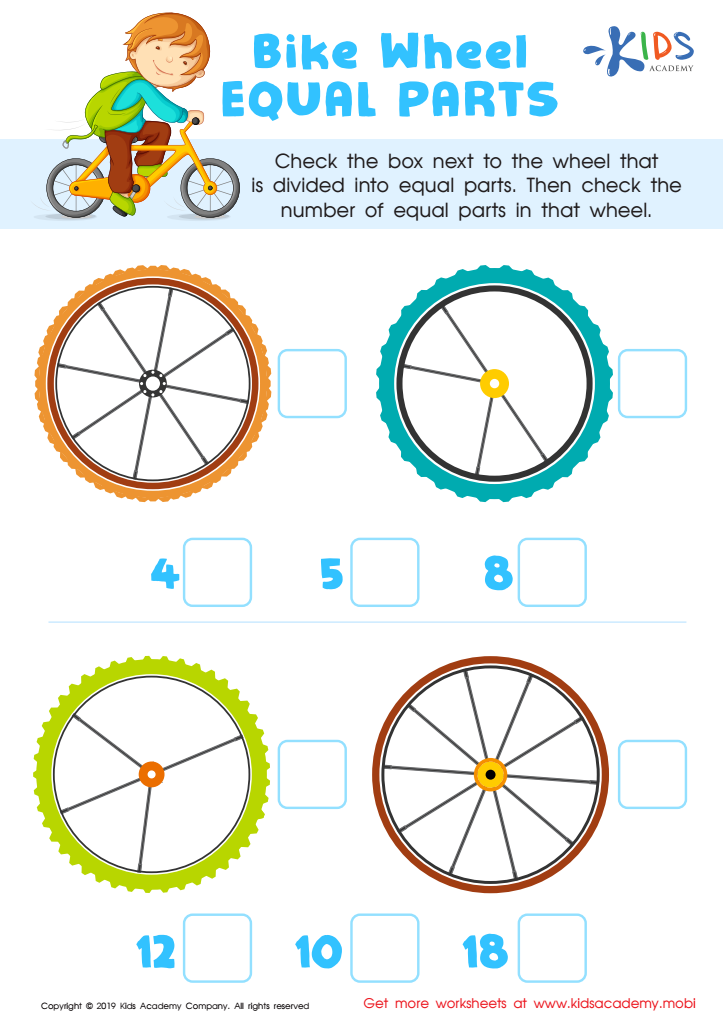

Bike Wheel Equal Parts Worksheet
Understanding comparing fractions, particularly fractions of shapes, is crucial for young learners aged 4-7, as it lays the foundation for their mathematical understanding. At this early age, children begin to develop critical thinking and problem-solving skills, and fractions provide a practical way to enhance these abilities. By exploring fractions through shapes, kids can visually grasp the concept of parts and wholes, which is essential in developing spatial awareness and quantitative reasoning.
Parents and teachers should care about this topic because it promotes foundational math skills that are essential for future learning. Engaging children with hands-on activities involving shapes helps make abstract ideas concrete. For instance, using pizza slices, pie charts, or divided shapes encourages learners to compare and understand different fractions in a relatable context.
Moreover, these early experiences shape attitudes towards math and build confidence. When children confidently work with fractions, they cultivate a positive relationship with mathematics, reducing anxiety associated with the subject in later years. By prioritizing the understanding of comparing fractions, parents and educators empower children with essential skills that they will use throughout their education and beyond. The goal is to foster proficient, confident learners ready for more advanced mathematical concepts.
 Assign to My Students
Assign to My Students



